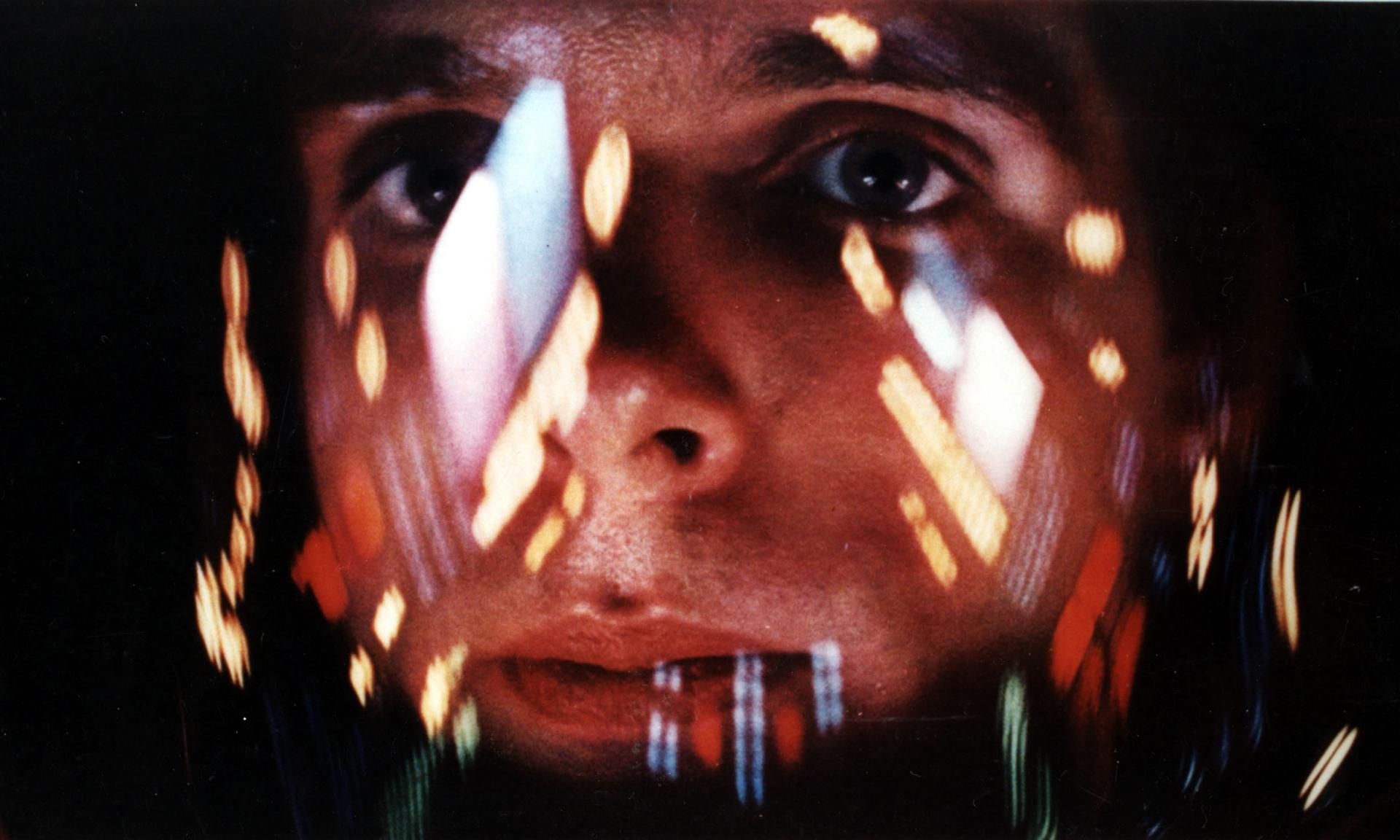American Icons: ‘2001: A Space Odyssey’ — Part Two
Commander David Bowman (Keir Dullea) in Stanley Kubrick’s “2001: A Space Odyssey.”
In a special two-part edition of our American Icons series, we turn to a film that, a half-century later, is still shaping our future: Stanley Kubrick’s “2001: A Space Odyssey.”

In Part Two, we visit the same research lab that helped inspire the HAL 9000 and talk to Dario Gil, IBM’s global director of AI research about the latest developments in artificial intelligence. We meet CIMON, a real-life AI robot on the International Space Station and Garrett Reisman, a former NASA astronaut who blasted the “Blue Danube” in the space shuttle.

Christopher Nolan (“Interstellar”) talks about the challenge of directing an ambitious space movie after “2001,” while Tom Hanks says it’s all he thought about during the making of “Apollo 13.” We reveal artist James Turrell’s lesser known connection to the film and learn how the experience inspired his famous skyspaces and epic Roden Crater observatory in Arizona.

New York Times critic Wesley Morris says “2001” is a cautionary tale about humans relying too much on “smart” machines. Professor Barry Vacker (“Specter of the Monolith“) compares “2001” to “Planet of the Apes” which came out one week earlier and offered a very different vision of humanity’s future. And U.S. former poet laureate Tracy K. Smith, whose father worked on the Hubble Telescope, drew heavily from the film for her Pulitzer Prize-winning book of poetry “Life on Mars.”
American Icons is made possible by a grant from the National Endowment for the Humanities.
(Originally aired May 30, 2019)
The article you just read is free because dedicated readers and listeners like you chose to support our nonprofit newsroom. Our team works tirelessly to ensure you hear the latest in international, human-centered reporting every weekday. But our work would not be possible without you. We need your help.
Make a gift today to help us raise $67,000 by the end of the year and keep The World going strong. Every gift will get us one step closer to our goal!
